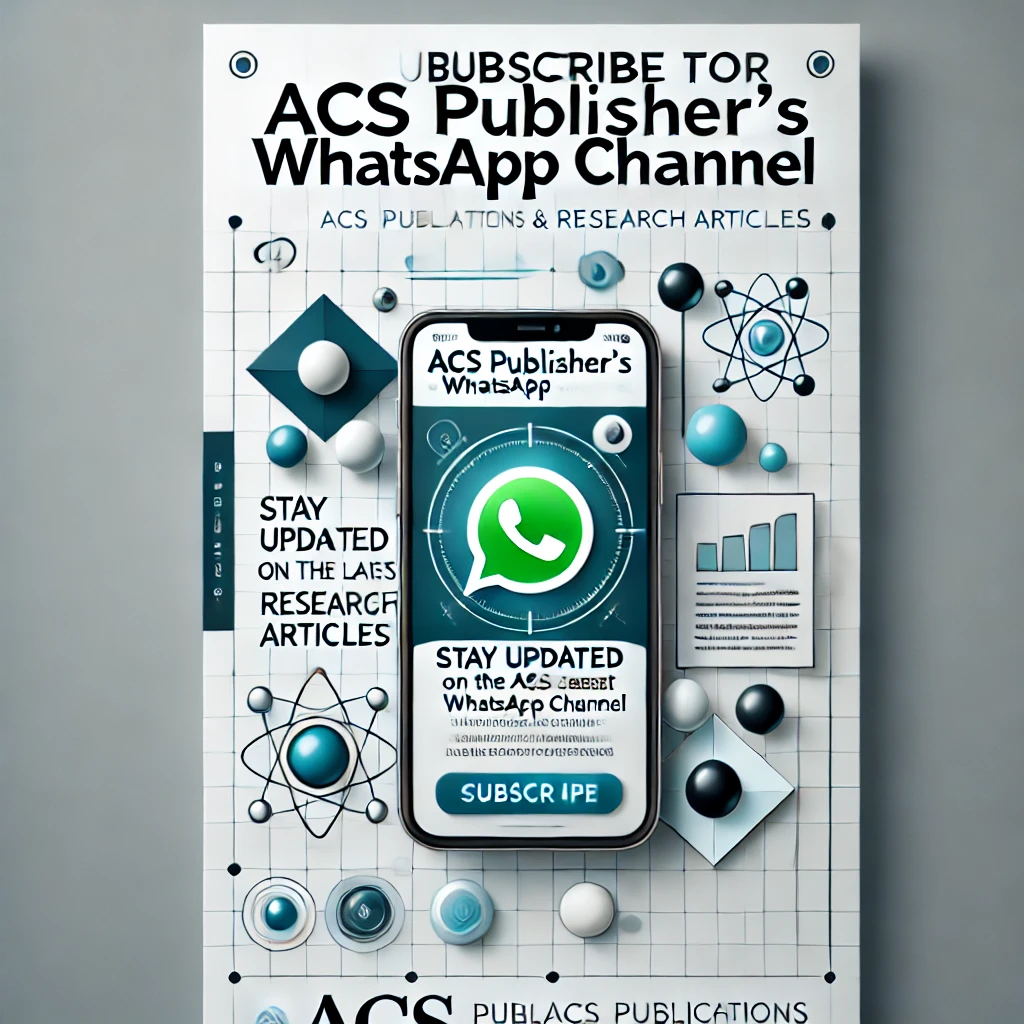Dystocia Due to Hydrocephalic Teratology through Mutational Operations in a Cross-Bred Jersey Cow
DOI:
https://doi.org/10.48165/ijar.2024.45.02.16Keywords:
Intermittent Contractions, Hydrocephalus, Anterior longitudinal, RetropulsionAbstract
Hydrocephalus is a dropsical condition with the accu mulation of fluid in cranium as a result of an imbalance between the formation and drainage of cerebrospinal fluid (CSF) either in the ventricular system or subarachnoid space characterized by marked enlargement of the cra nium (Noakes et al., 2009). The condition may be caused by environmental influences during fetal development or genetic predisposition of simple autosomal recessive gene with incomplete penetrance (Jackson, 2004) or acquired by in-utero viral infections such as Bovine viral diarrhoea (Agerholm et al., 2015). Other predisposing factors for this malformation may include deficiency of vitamin-A or any other brain lesions that may cause a disturbance in the cerebrospinal fluid dynamics (Ferris et al., 2011). Jubb and Kennedy (1970) stated that congenital hydrocephalus is known to be inherited in cattle and exacerbated its man ifestation by a coexisting hypovitaminosis-A. Death of the fetus is due to pressure on vital centres of the brain. The frontal, temporal and parietal bones are usually involved becoming deformed, separated and thin resulting in improper sculpturing of cranial vault (Purohit et al., 2012). The condition does not affect foetal development but may result in death of the foetus at birth or soon after birth. The present case reports successful per-vaginal delivery of hydrocephalus foetus after relieving fluid from enlarged head through mutational operations.
References
Agerholm, J.S., Hewicker-Trautwein, M., Peperkamp, K. and Windsor, P.A. (2015). Virus-induced congenital malforma tions in cattle. Acta Vet. Scand., 57: 1-14.
Alexa N. Bramall, Anton, E.S., Kristopher T. Kahle, Peter E. Fecci. (2022). Navigating the ventricles: Novel insights into the pathogenesis of hydrocephalus, Ebio Medicine, 78: 103931.
Ferris, R.A., Sonnis, J., Webb, B., Lindholm, A. and Hassel, D. (2011). Hydrocephalus in an American miniature horse foal: A case Report and Review. J. Equine Vet. Sci., 31: 611- 614
Jackson, G.G., (2004). Fetal dropsy. In: Hand Book of Veterinary Obstetrics. 2nd Edn. Saunders, Philadelphia, pp. 105 Lahunta, A. and Glass, E. (2009). Cerebrospinal fluid and hydrocephalus. In: de Lahunta A, Glass E, Veterinary neu roanatomy and clinical neurology. St Louis (MO): Saunders Elsevier, Philadelphia, pp. 54-76.
Miller AW. (1993) Hydrocephalus in a flock of Suffolk sheep. Vet Rec., 132(9): 228.
Noakes, D.E., Parkinson, T.J. and England, G.C. (2009). Gestational Anomaly. In: Arthur’s Veterinary Reproduction and Obstetrics, 9th edition, Elsevier Health Sciences. Chicago, pp. 143
Purohit, G.N., Gaur, M., and Sharma, A. (2006). Dystocia in Rathi cows due to congenital hydrocephalus. Indian J. Anim. Reprod., 27: 98-99.
(2012). Perspectives of foetal dystocia in cattle and buffalo. Vet. Sci. Develop., 2(1): 8.
Smith, M.O., George, L.W. (2009) Diseases of the nervous system. In: Large animal internal medicine, 6th edition, Mosby Elsevier, Missouri, pp. 972-1143
Wodarczyk, C., Isaline Rowe, Marco Chiaravalli, Monika Pema, Feng Qian and Alessandra Boletta. (2009). A Novel Mouse Model Reveals that Polycystin-1 Deficiency in Ependyma and Choroid Plexus Results in Dysfunctional Cilia and



